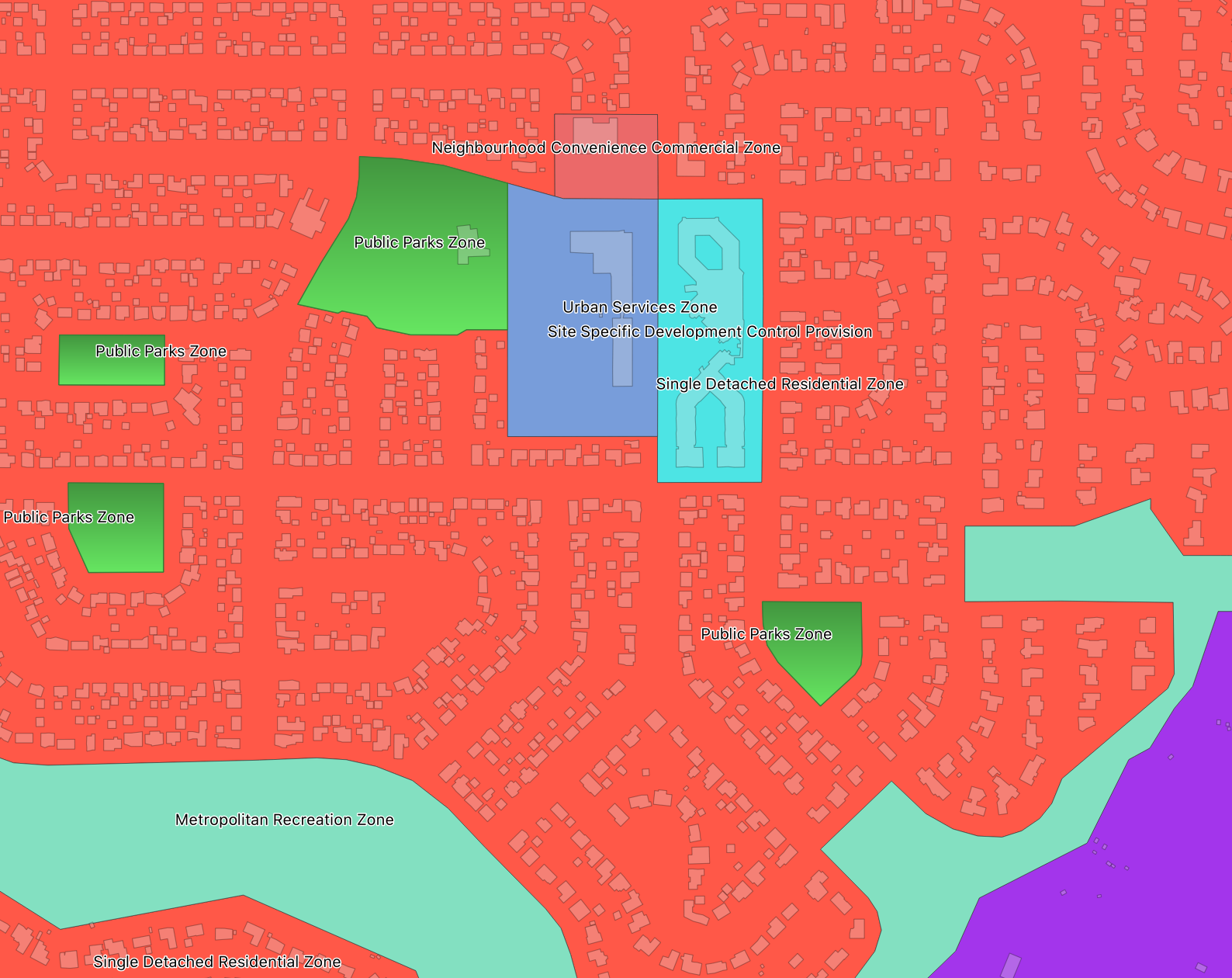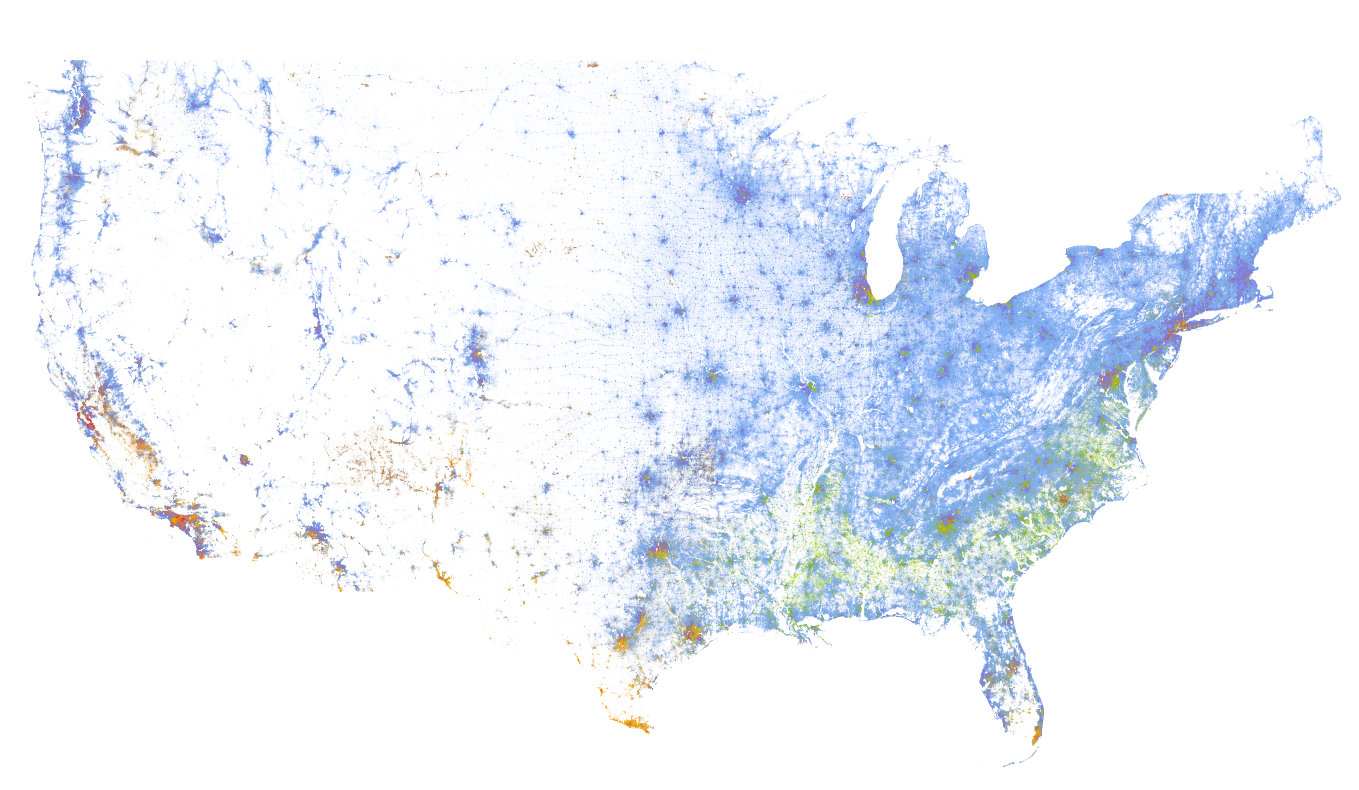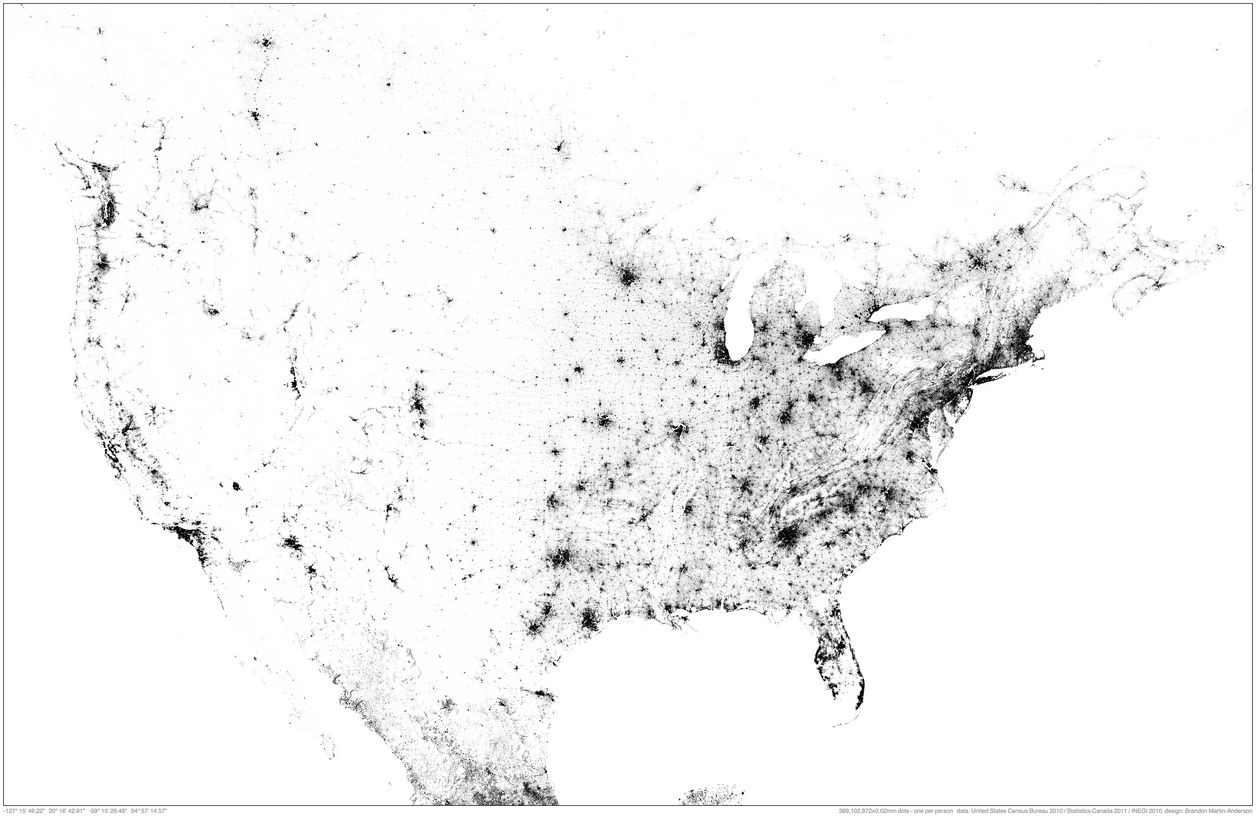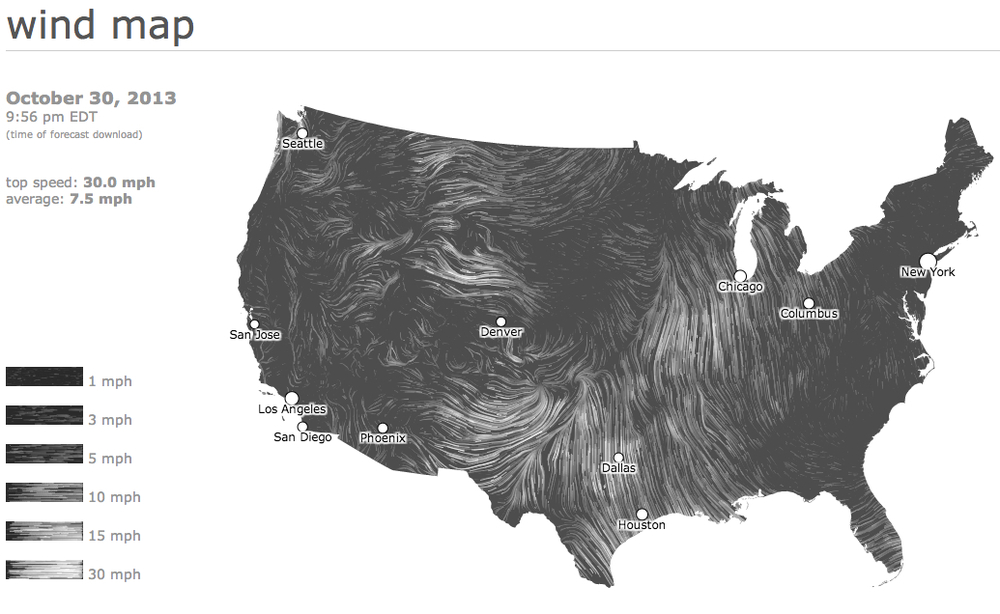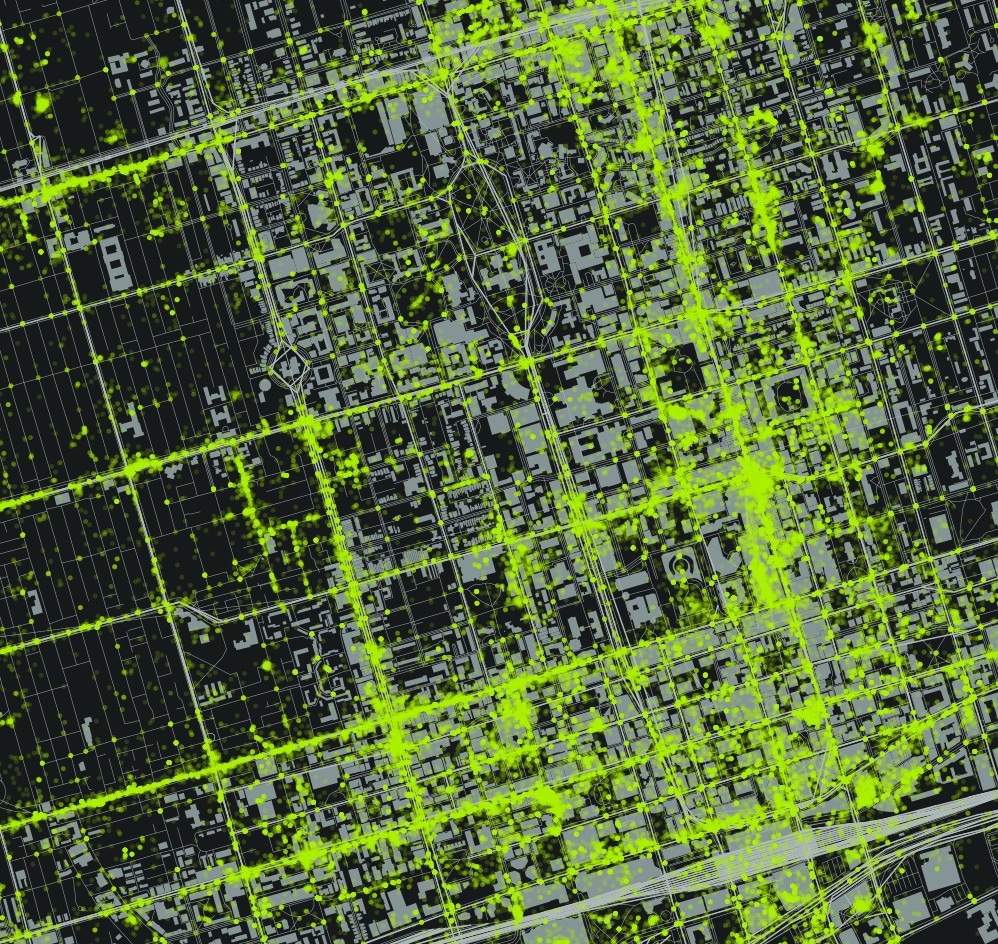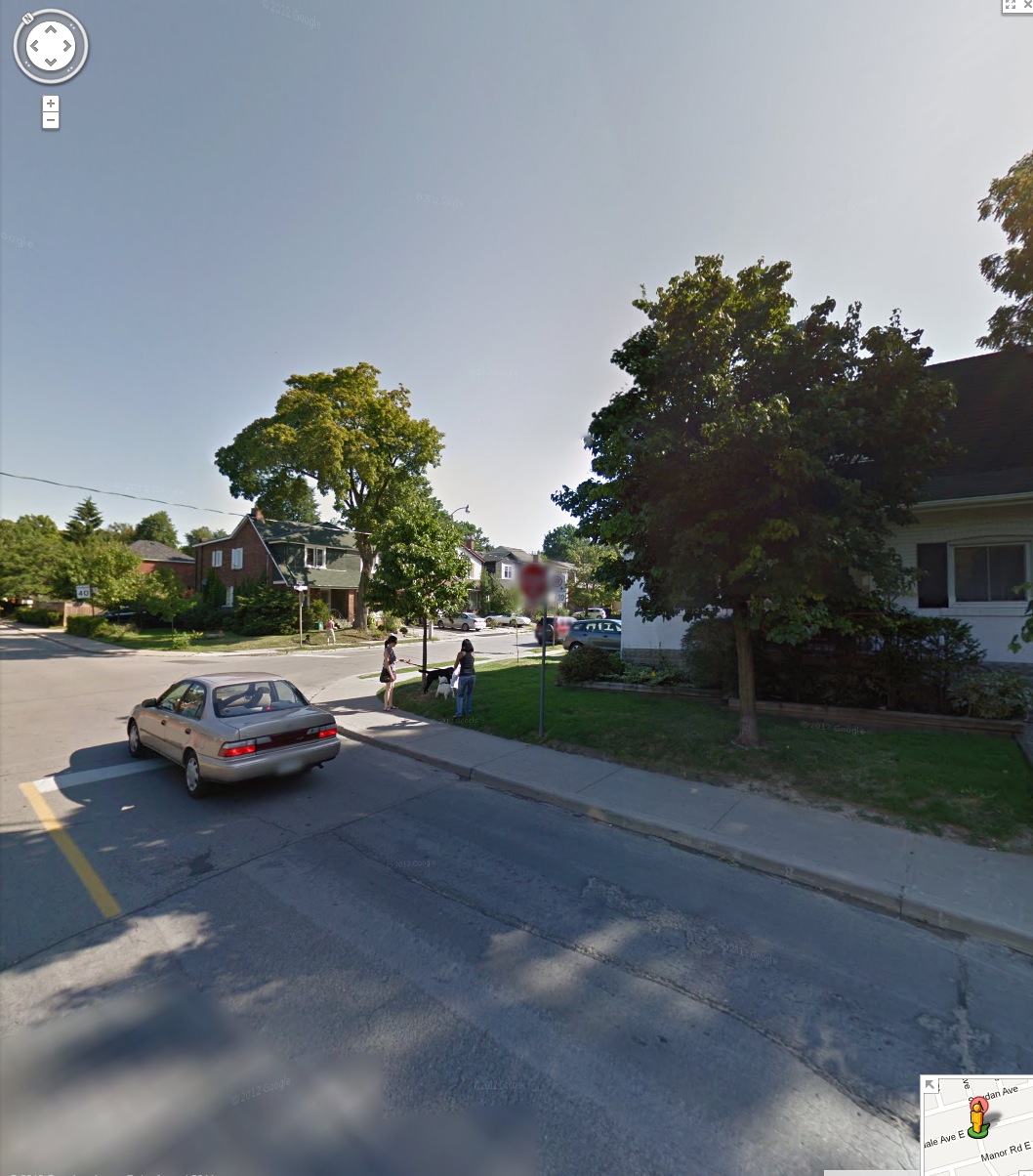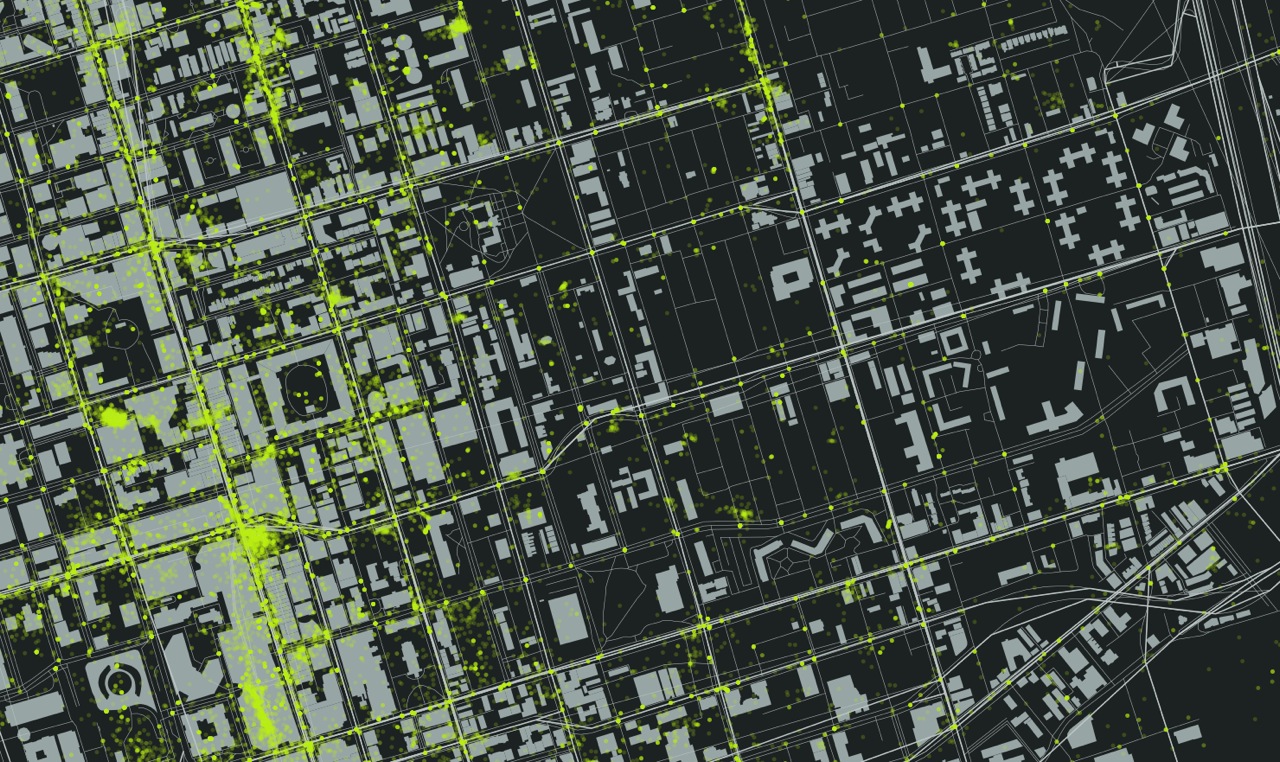What is zoning? I mean, besides that thing you do, during a pandemic, when the T.V. is on.
Zoning, as defined by The City of Edmonton in ‘What is Zoning? How it Shapes Your Neighbourhood and City’, “…allows City Council to set rules for where new buildings should go, what types of buildings they can be, what activities and businesses can happen there, as well as requirements for other things such as landscaping.” (pp. 4). The What is Zoning document goes on to describe the relationship between zoning and land use planning: “Zoning is the legal tool that ensures that the buildings that are built support the vision in the Land Use Plan.” (pp.11).
Zoning creates ‘zones’ or areas within a city to manage land use within that area, and avoid conflicts between conflicting land uses. For instance, there is a zone for single family homes called ‘Single Detached Residential Zone (RF1)’ which stipulates all the rules for building a single family detached home in that zone. There is also a zone for ‘Public Parks (AP)’ and for ‘Neighbourhood Convenience Commercial Zone (CNC)’. These three zones work well together because it’s desirable to have parks and conveniences such as a corner store or cafe adjacent to your home. It’s not desirable, on the other hand, to have a light industrial development, manufacturing or highway next to your home (and I will get to this exact issue in a future blog post).
And all of these zone types - and associated rules and policy - are described in the Zoning Bylaw. For example, the Neighbourhood Convenience Commercial Zone is described as:
The purpose of this Zone is to provide for convenience commercial and personal service uses, which are intended to serve the day-to-day needs of residents within residential neighbourhoods.
What does this look like on the ground (or on a map….)?
Zoning in the Laurier Heights and surrounding areas. The orange represents a ‘Single Detached Residential Zone’, the green represents ‘Public Parks Zone’, the darker blue represents an ‘Urban Services Zone’ (Laurier Heights School), and the light blue represents a ‘Site Specific Development Control Provision’ (The Canterbury Court retirement community). The ‘Metropolitan Recreation Zone’ is a wide ranging zone used though much of the river valley; the section shown in the image above also has the section of the Whitemud north of the Quesnell Bridge. The purple zone contains the Valley Zoo, and is called a ‘River Valley Activity Node.’
Created in QGIS using zoning data, neighbourhood and roof line polygons from data.edmonton.ca.
Simple, right?
Not so much.
In taking a critical view of zoning, it’s possible to ask some questions that shed a light on who zoning serves, who the decision makers are, and who benefits as zoning carries with it deep seated inequity. What do I mean by inequity? If zoning simply defines what types of buildings can be built where, how does that create inequity?
In a general sense, the act of deciding what can be build where will invariably include some folks in the most desirable locations, and exclude other people from those same locations. For example, a casual examination seems to indicate that the most dominant zone adjacent to Edmonton’s river valley is the ‘Single Detached Residential Zone’. It makes sense, right? Build single family houses close to amenities like the river valley. Only, this would be inequitable if only wealthy people can afford to live in the houses built in neighbourhoods adjacent to the river valley.
The same is true for access to other services like other green space, supermarkets, hospitals, etc. On the flip side, we can ask who lives next to our busiest roadways? Who lives closest to the refineries on the east end of Edmonton? Who has access to quality transit? Who lives in food deserts?
I hope to look at these questions in the coming weeks using the data found in the City of Edmonton’s open data portal. I will explicitly link to the data and tools I use, and analysis I conduct.
Caveat time: I am not an expert in zoning and land use planning. I am a white CIS male heterosexual and am one of the people who benefits from zoning. That said, I hope to bring something to the zoning discussion by looking at zoning through a lens of equity and white supremacy, and am happy to have my work reviewed and critiqued.
This blogging project is intended as a way for me learn about and explore zoning in Edmonton, to pull in examples from other jurisdictions, and act as a tool to document and explain my learning.
Please let me know what you think.
Data Sources:
The Zoning Map Data is on data.edmonton.ca and can be found here.
The Zoning Bylaw can be found here.
I use a free and open Geographic Information System called QGIS. It is available for Mac, Windows and Linux operating systems and can be found here. If you are interested in GIS, this is a great place to start as QGIS is easy to download and install on your computer, and the project supports a ton of instructional material through the website, and on other channels such as YouTube and StackOverflow.


